Jagged mountain peaks, verdant forests and cascading waterfalls set the stage for big adventure in the Great Smoky Mountains, one of America’s best-loved national parks. Spread across 500,000 acres in the Southern Appalachian range, the park is a four-season wonderland, famous for both its colorful spring wildflowers and the fiery blazes of autumn.
The Smokies are also home to an astonishing variety of plant and animal life – from lumbering black bears to dazzling displays of synchronous fireflies. It doesn't take long to see why Great Smoky Mountains is the most visited national park in the United States. Whether you’re coming for the hikes, the history, the autumn leaf peeping, the sound of silence, or the winding mountain roads, there’s a little something for everyone in the Smokies.
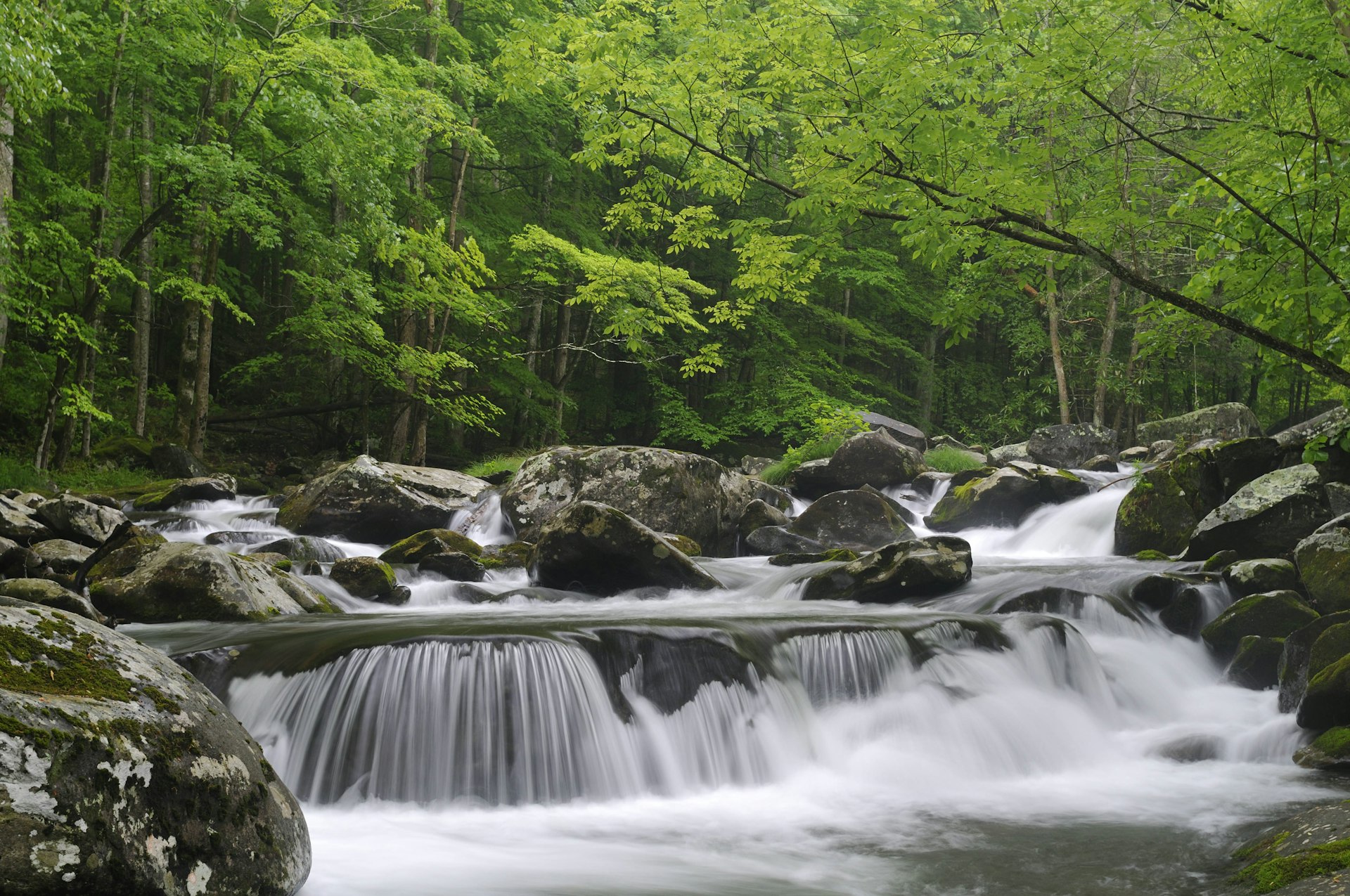
The history of Great Smoky Mountains National Park
There are only three National Parks that spill across state lines, and Great Smoky Mountains is one of them. It covers a section of Tennessee and North Carolina in the Southern USA that was once home to the Cherokee, and later by Scotch-Irish settlers.
Like much of Appalachia, the Smokies were targeted by logging companies seeking rich stands of timber. As early as the end of the 19th century, concerned residents of the area advocated for preservation of the land. By 1925, the federal government was ready to move forward and create one of the first national parks in the eastern United States, along with Shenandoah National Park to the north.
The land for Great Smoky Mountains National Park was acquired in large part through small-scale grassroots fundraising rather than donations from wealthy stakeholders, despite much of the area already being broken up into small family farms and parcels earmarked by loggers. Much of the work was completed by the Civilian Conservation Corps throughout the Great Depression, and the national park was officially dedicated in 1940.
Another unique quality of the Smoky’s development was that it was one of the first parks designed with cars in mind. Unlike the first national parks out west, which were originally reached by trains and where visitors stayed in grand hotels financed by railroad companies, Great Smoky National Park came together with support and input from auto organizations like the American Automobile Associations (AAA).
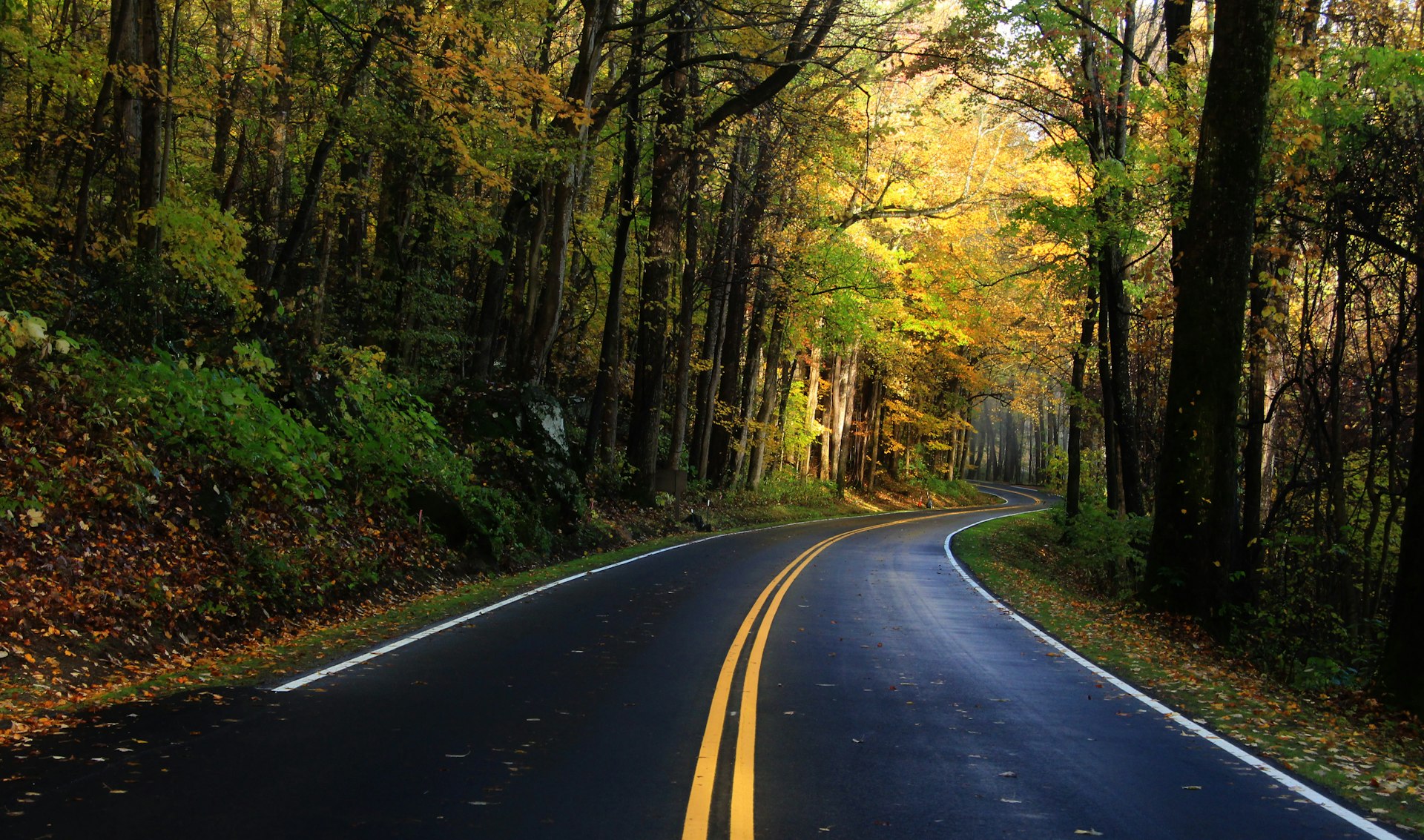
How to visit Great Smoky Mountains National Park
The main gateways to Great Smoky Mountains are the Sugarlands Visitor Center, near Gatlinburg, Tennessee, and the Oconaluftee Visitor Center near Cherokee, North Carolina. Between the two is the scenic Newfound Gap Road, which winds for 29 miles, neatly bisecting the park on the only pavement traversing the Smokies. Trailheads for some of the most popular hikes and some of the park's key historic sights are found along this two-lane road. Other popular access points are the Cataloochee Valley on the east side of the park, and Cades Cove in the west.
If you’re flying in, the closest airport to the park is Knoxville’s McGhee Tyson Airport (about a 70-minute drive to the one of the park’s main gateways near Gatlinburg). Other nearby airports include Asheville, NC (an 80-minute drive), Charlotte-Douglas International Airport (a 3-hour drive), and Chattanooga (a 2.75 hour drive). There is no train service to Great Smoky Mountains National Park. Wherever you’re coming from, you’ll want a car, as there’s no scheduled bus service to the park nor any public transit available inside of it once you get there.
If you want to spend some time exploring the Smokies without camping or renting a cabin, there are numerous RV rental companies in Knoxville, Gatlinburg, and Pigeon Forge – the later being two towns that are unofficial gateways to the Smokies and home to attractions like Dollywood. You can also make a road trip out of picking up a rental from outfitters like Voyager Campervans in Nashville and Escape Campervans in Atlanta.
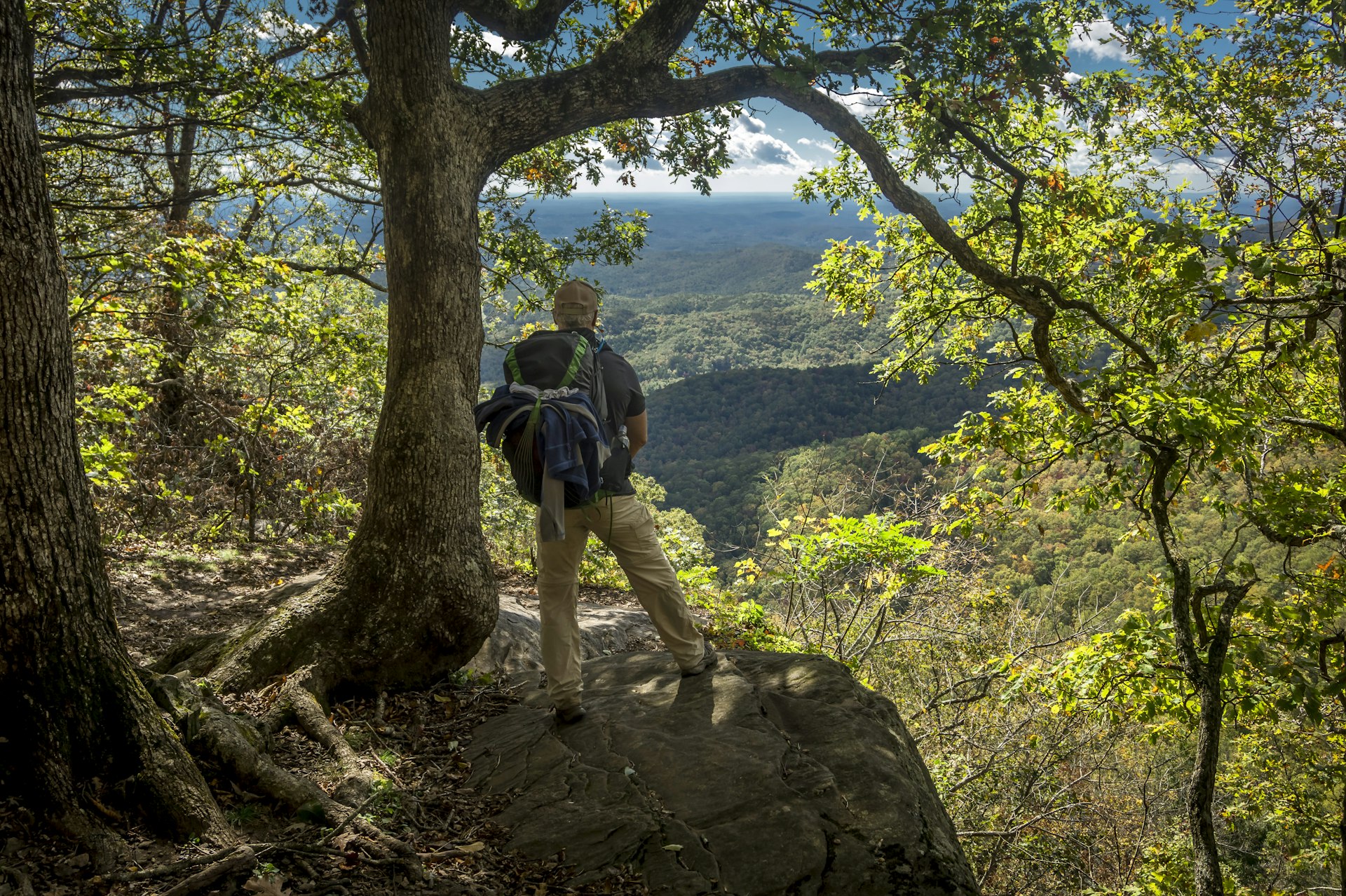
What to see and do in the Great Smoky Mountains
One of the great draws of the Smokies is its extensive trail system crisscrossing forested valleys and misty mountain slopes. There are over 800 miles of trails, ranging from easy rambles along scenic boulder-filled streams to challenging all-day hikes. In addition, there are over 100 backcountry campsites and shelters, the park offers exceptional possibilities for multi-day treks.
The park’s hiking opportunities include a 71 mile portion of the Appalachian Trail, which runs right through the center of the park between Fontana Dam and Davenport Gap. The highest point on the entire 2,200 mile span of the AT is the park’s own Clingman’s Dome – the “top of Old Smoky” made famous by singers like the Weavers and Hank Williams. Another epic trek in the park is the Mountains to the Sea Trail, which runs from its western terminus at Clingman’s Dome all the way to the Outer Banks of North Carolina.
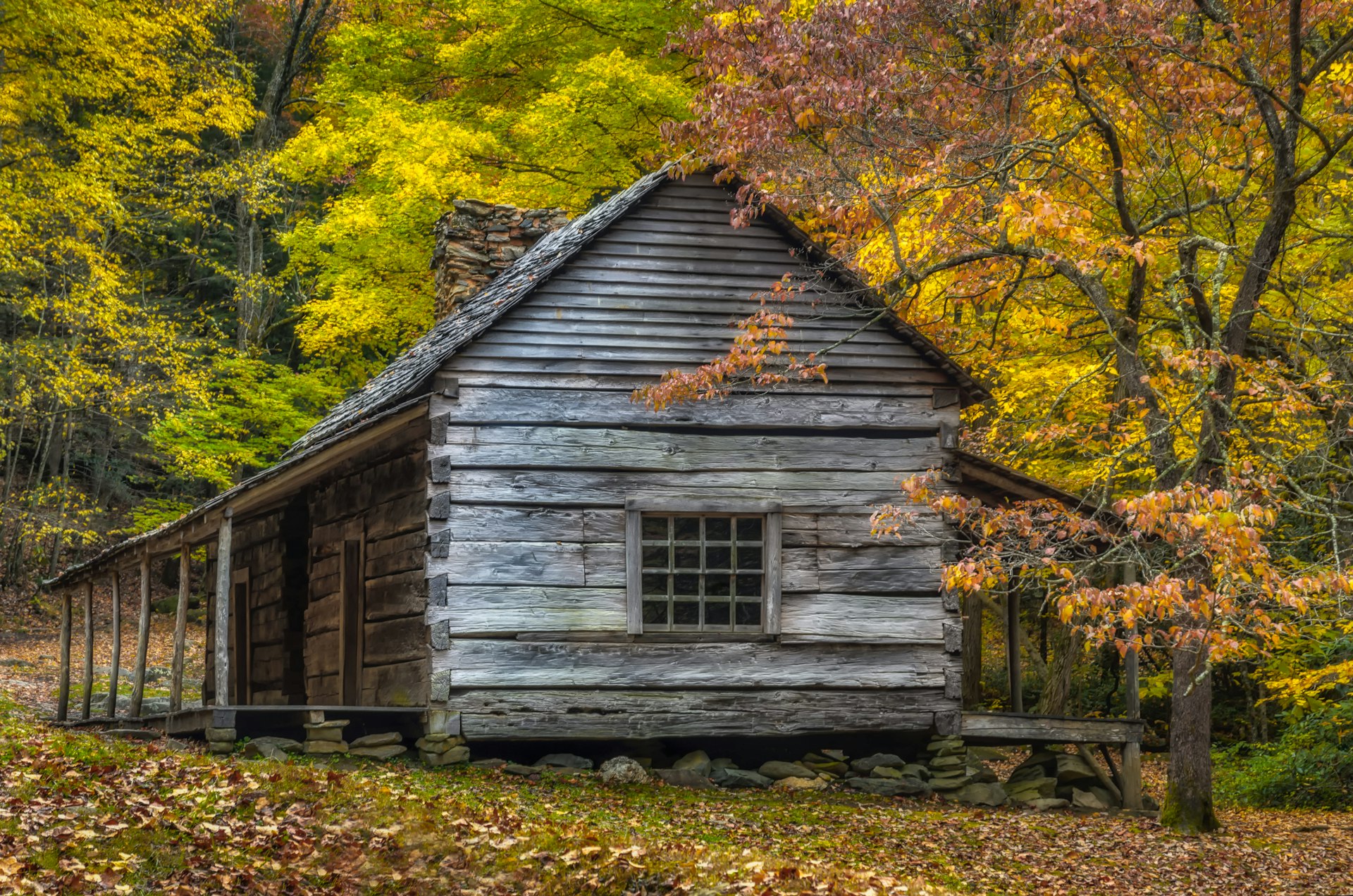
Hiking aside, there are many ways to experience the Great Smoky Mountains. When you need a break from walking, you can let a trusty steed do the work. Horseback riding stables are located in Cades Cove, Sugarlands and Smokemont. The park also has some matchless scenic drives, including ridgeline roads where you can gaze out at the seemingly endless expanse of undulating peaks. Last but not least, the Blue Ridge Parkway’s southern terminus links the Smokies to Shenandoah, in case you want to get the most out of your national parks pass.
However you choose to explore the Smokies, you can visit the well-preserved log cabins, grist mills and one-room school houses built by early settlers to the area. There is also exceptional wildlife watching year round in the Smokies.
While you have a chance of seeing wildlife throughout the park, the Roaring Fork Motor Nature Trail is an excellent route if you’re hoping to peep the park’s animal residents, especially in winter time, at dawn, and in the evenings. And while the area’s bears and fireflies get most of the publicity, the Cataloochee Valley is a prime spot to see elk, reintroduced to the Smokies back in 2001.
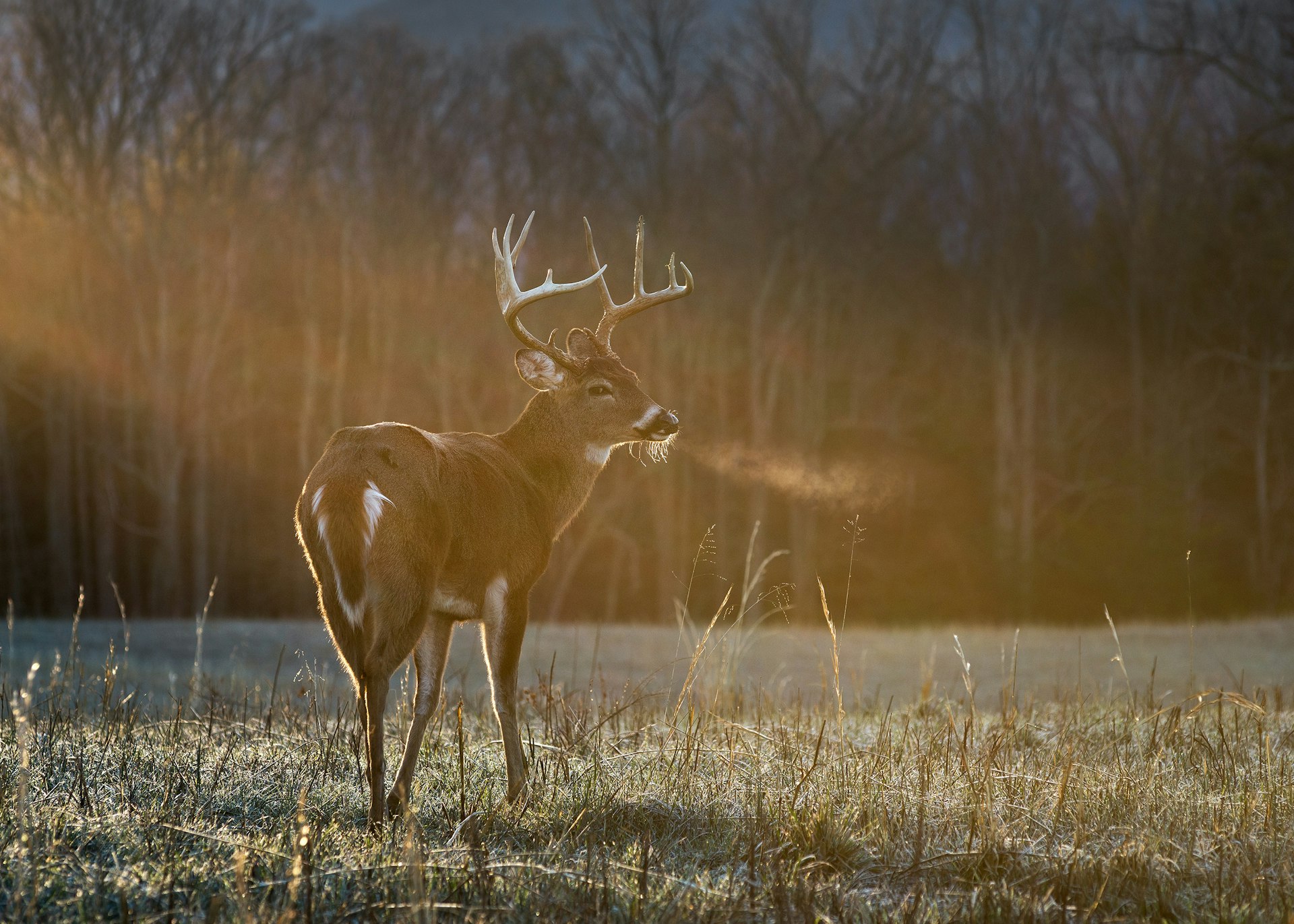
How much will a trip to the Smokies cost?
For an inexpensive vacation, the Smokies are hard to beat. Unlike the Grand Canyon and most other national parks, this one won’t cost you a penny to enter. The Smokies are entirely admission-free, thanks to the many area residents who gave up their land and contributed funds to create the park.
That means that, aside from car rental, expenses are minimal. Camping – one of the best ways to experience the Smokies – runs less than $25 a night per site and as little as $14. Backcountry camping is free, although you do need a reservation and a permit.
All of the attractions within the park are free, including the Mountain Farm Museum, Cades Cove historic buildings and the panoramic overlook at Clingmans Dome, not to mention all of the hiking trails. Add to that the many free ranger-led programs run by the park – night hikes, storytelling by the campfire, morning porch talks (free coffee provided), Appalachian culture fairs – and you have the makings of one of America’s most remarkable budget-friendly getaways.
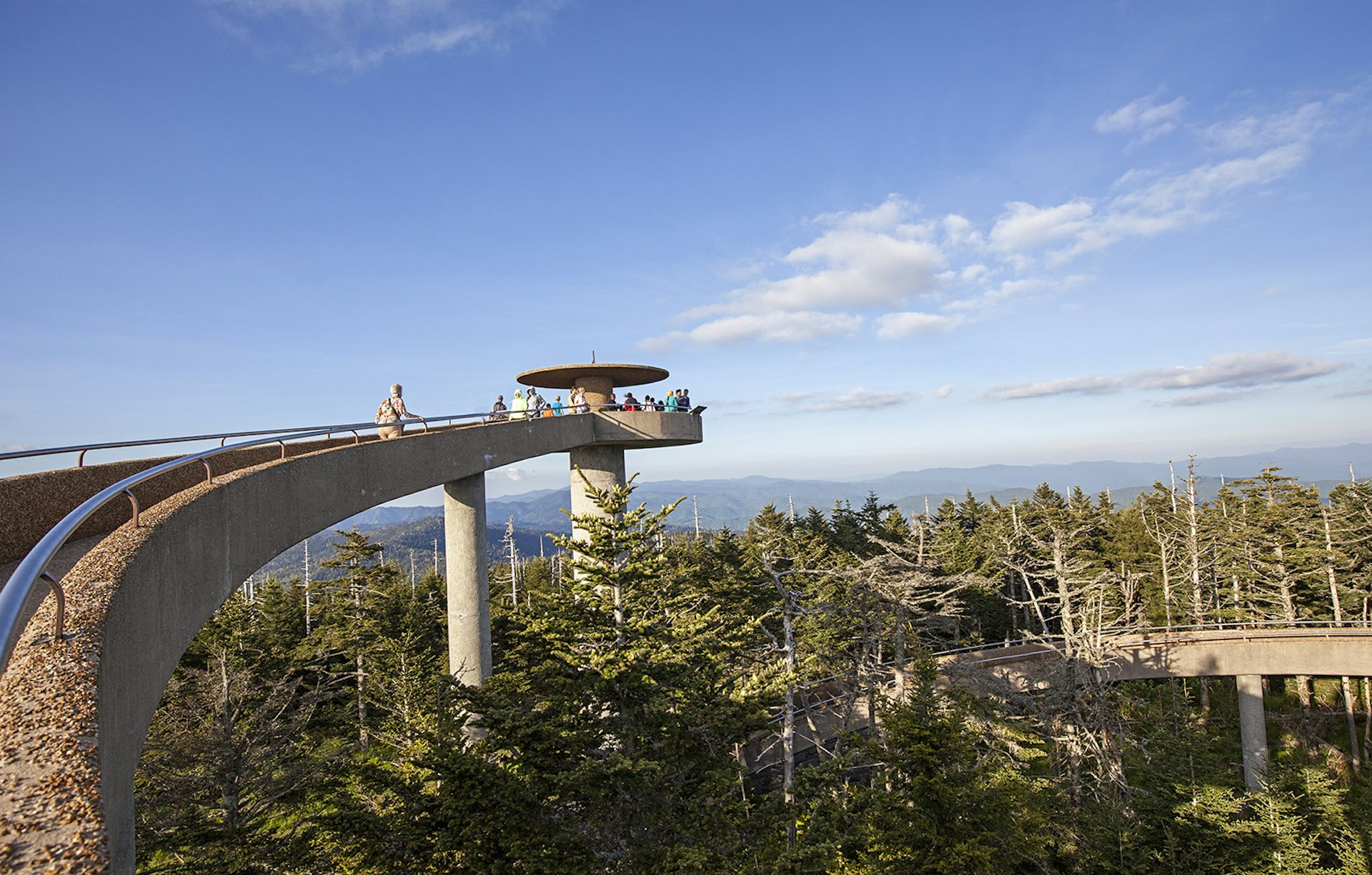
Where to stay in the Smokies
The allure of the Great Smoky Mountains is certainly no secret, and the park gets quite crowded during the busy summer months (Jun–Aug) and in the autumn when the leaves change color (Sep–Oct). It’s wise to plan well ahead so you can get your first choice when it comes to accommodation.
There are no motels or rental cabins within the park. Instead, all but one of the park’s nine frontcountry campgrounds can be reserved online. For backcountry sites that are accessible only via hiking trail, you can make reservations through the park’s backcountry permit office either in person or online. If you’re new to camping or spending time outdoors, read up on Leave No Trace principles before you head out, or check out these guidelines on how to RV or vancamp responsibly.

If you prefer not to sleep in a tent, the only option inside park boundaries is the LeConte Lodge, a delightfully old-fashioned collection of wooden cottages near the top of Mount LeConte (elevation 6594ft). The lodge is not accessible by road, so to get there you’ll have to hoof it uphill on a hike ranging from 5.5 miles to 9 miles in length depending on which trail you use.
There are meals available at LeConte when you arrive – the supplies for which are brought up by llamas, which you might see along the way if you take the Trillium Gap Trail. Due to the popularity of LeConte’s hospitality, however, you’ll need to make reservations months – or even a year – in advance.
There are plenty of accommodation options outside the park, too. Gatlinburg, something of a resort village, is packed with hotels and guesthouses, and there are cabin rentals around the city and throughout the surrounding area – particularly near Cherokee, Bryson City and Pigeon Forge.

Being prepared (and staying safe) in the Smokies
Hiking trails are well-marked in the national park, though it’s wise to pick up a good map (available in the visitors centers) before setting out. Make sure you have sturdy walking shoes (preferably waterproof hiking boots), ample water and snacks, warm clothing (it gets chilly at higher elevations, even in the summer) and gear for rain (precipitation is a year-round possibility).
A walking stick also comes in handy. Be sure to let a non-hiking partner know where you’re going and when you plan to be back. Watch out for slippery rocks, and don’t swim or wade in park waters (falls and drowning are among the leading causes of injury).
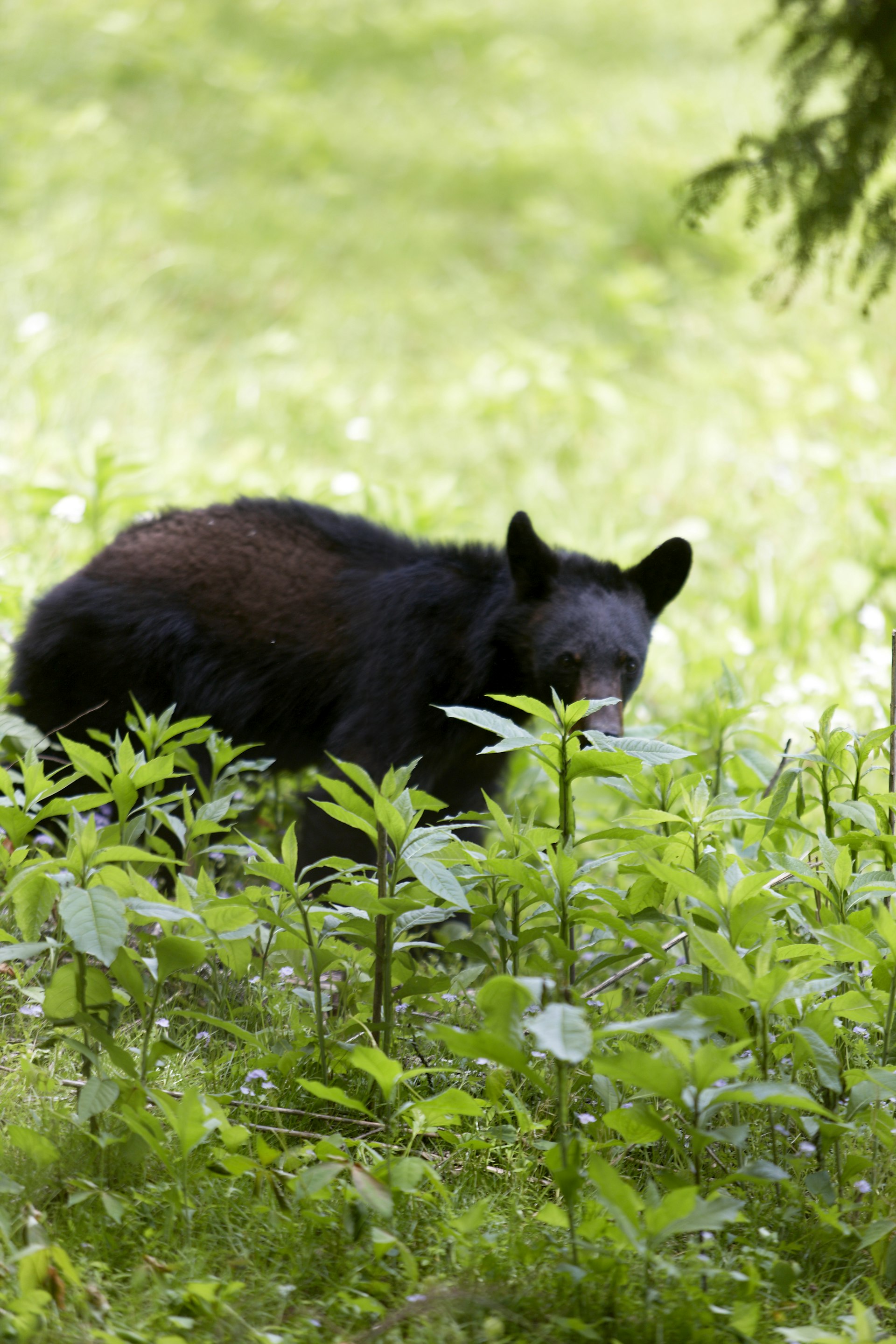
As this is bear country, you must store all your food – and any trash that smells like food – appropriately. It’s important to be mindful in order to protect wildlife from becoming dependent on humans for food or getting close to humans in ways that endanger both you and the animals who call the park home. Never feed animals by hand, dispose of trash properly in approved receptacles, and use bear canisters or bear lockers to keep your snacks from attracting critters to your campsite.
Speaking of bears, they’re generally quite shy and avoid human contact, though if you do come across one, keep your distance and don’t disturb the bear. In the unlikely event the bear approaches you, stand your ground, make yourself tall and make a lot of noise – which usually deters the bear.
You may also like: National and state parks are reopening in the US in phases - here’s what we know
7 reasons staycations are going to be our saviour in 2020
This corner of northeastern Utah is the wilderness only locals know about

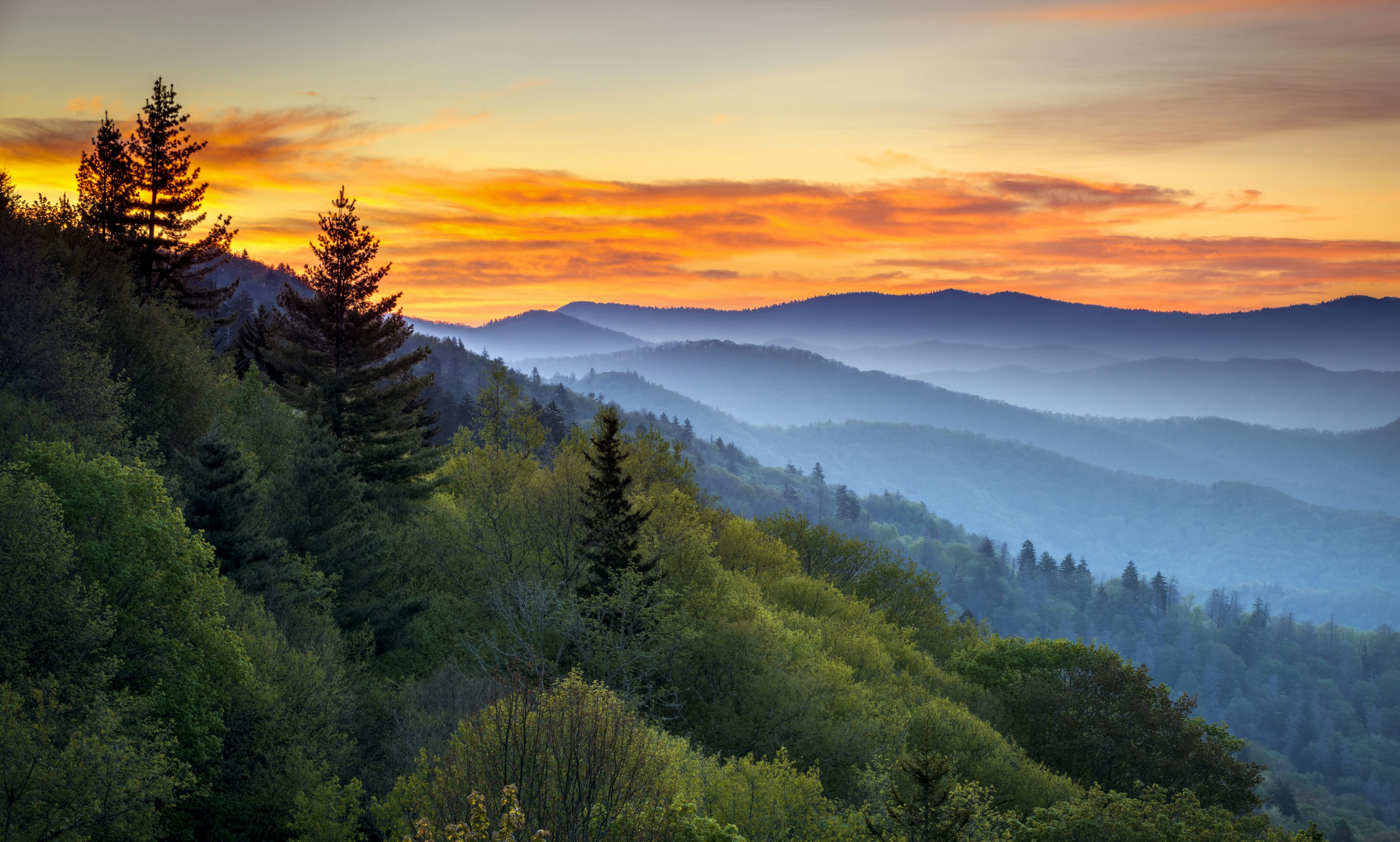
.jpg?auto=format&fit=crop&q=75&w=1920)
.jpg?auto=format&fit=crop&q=75&w=640)